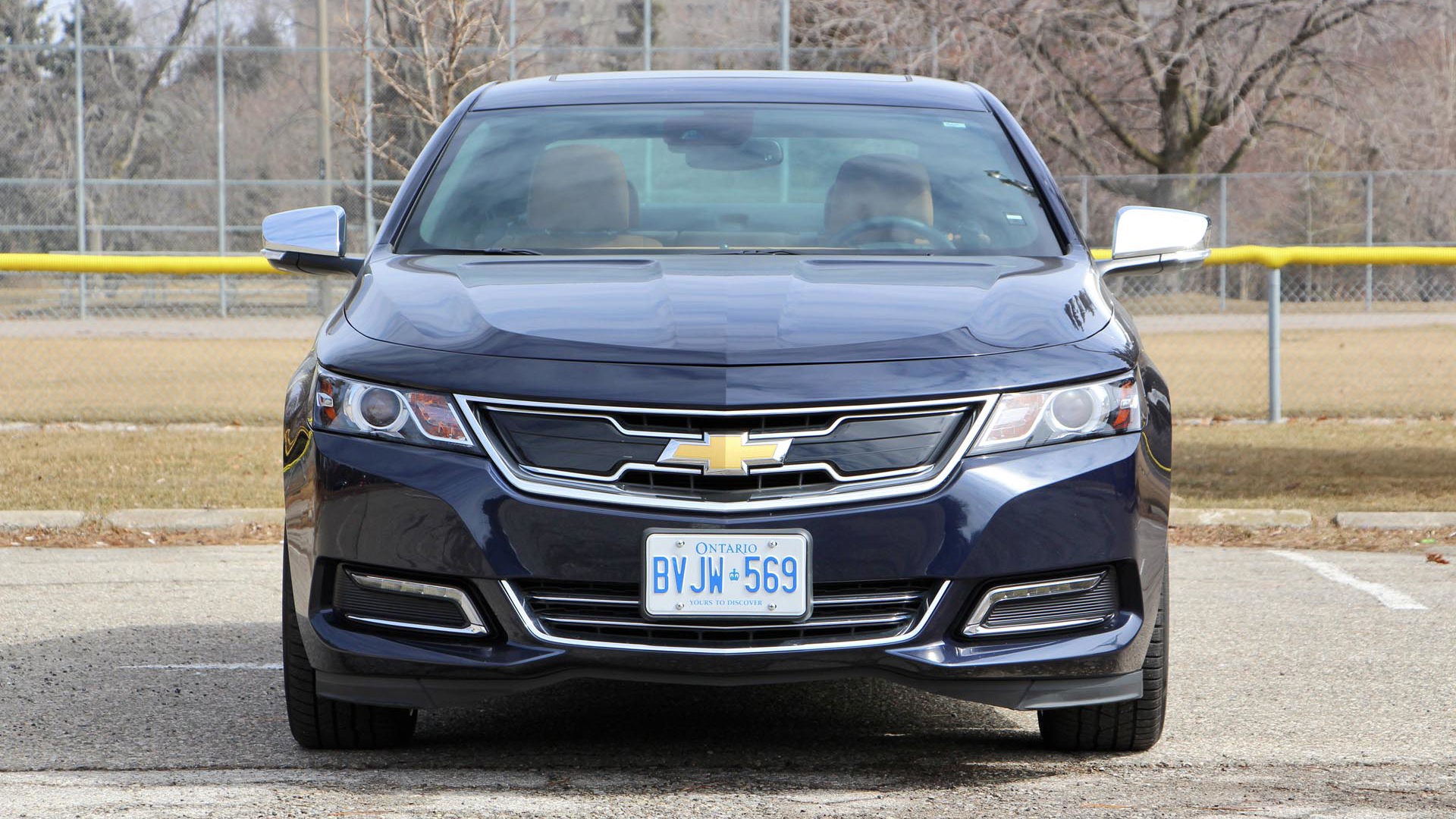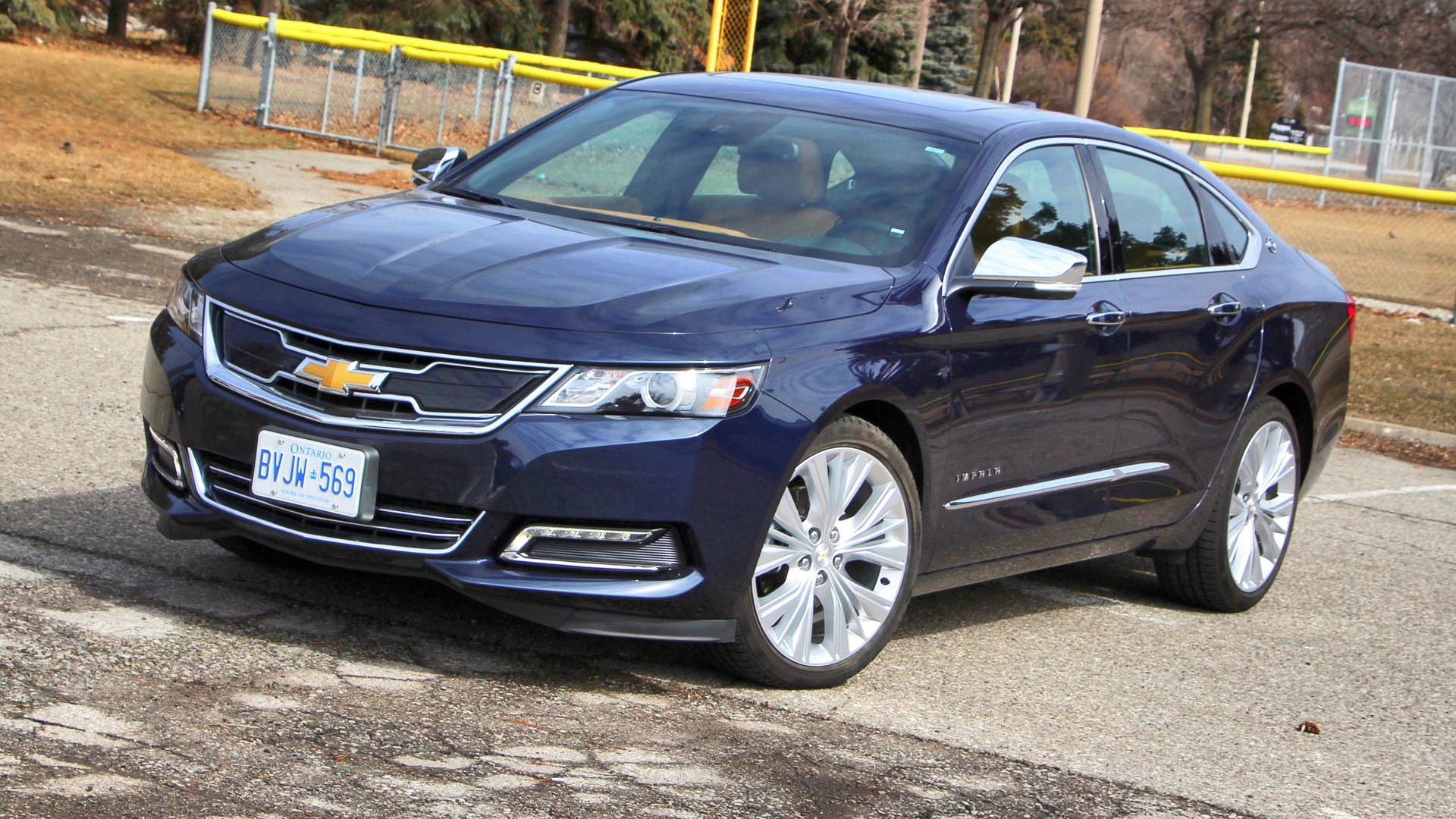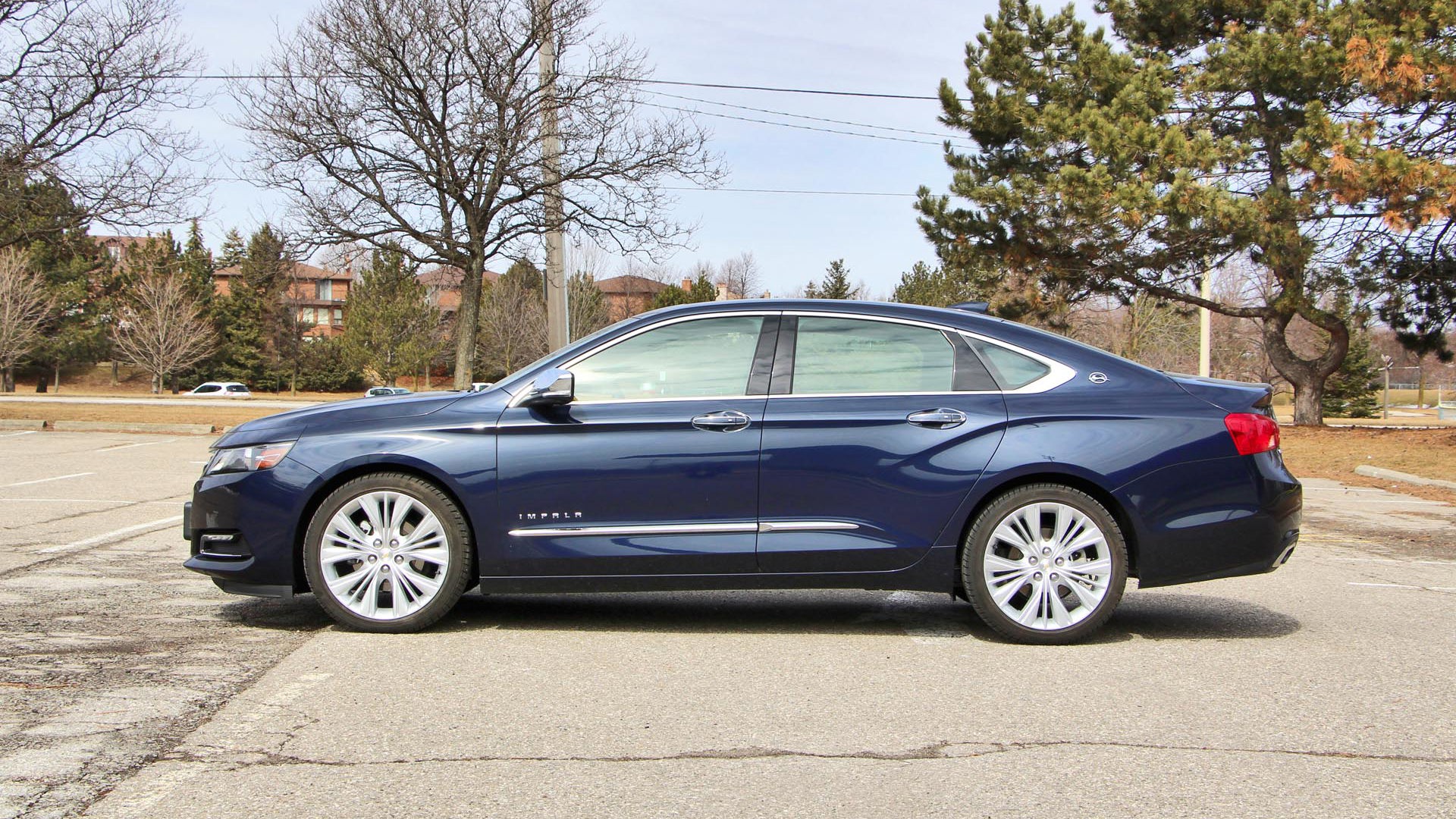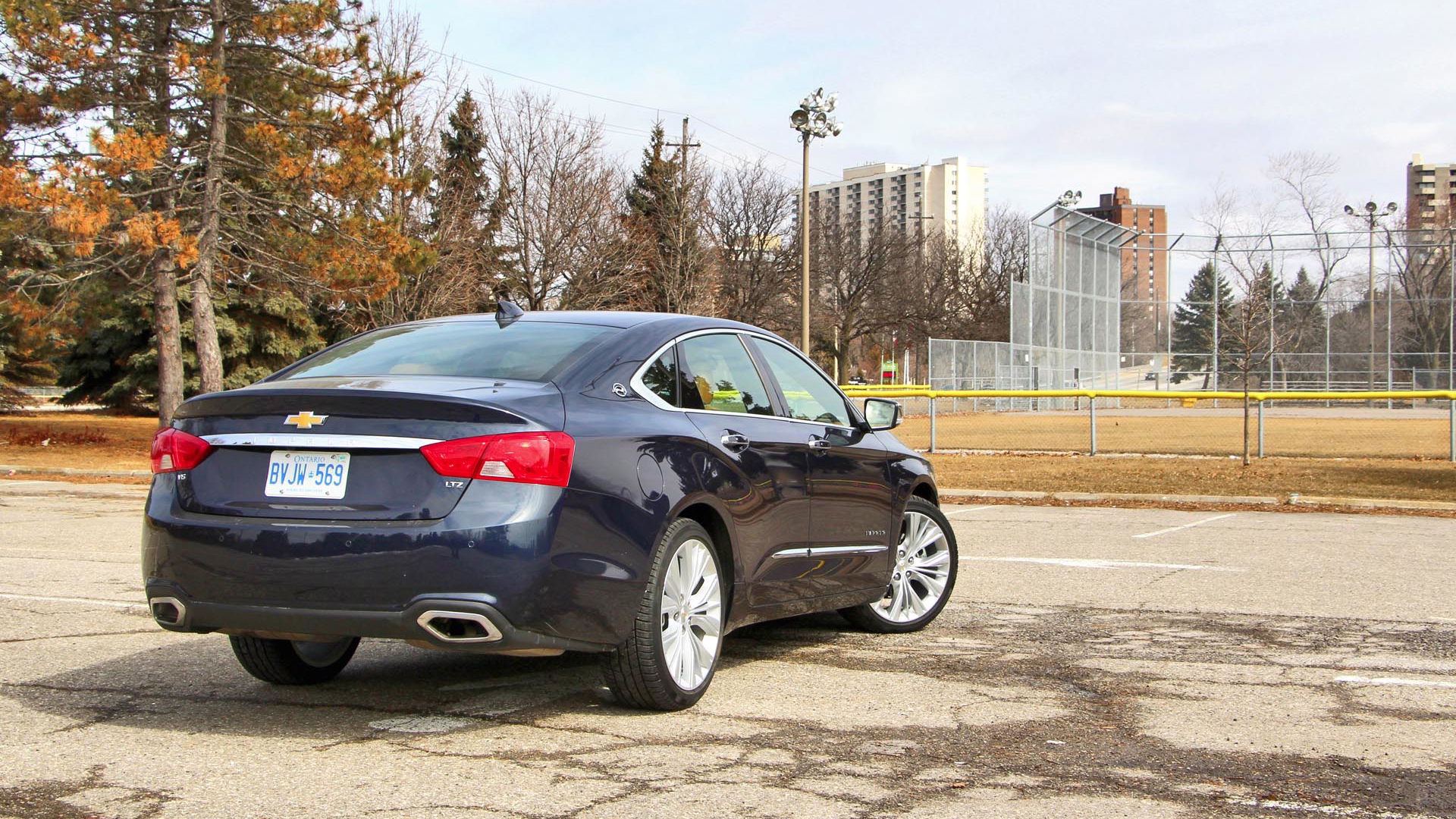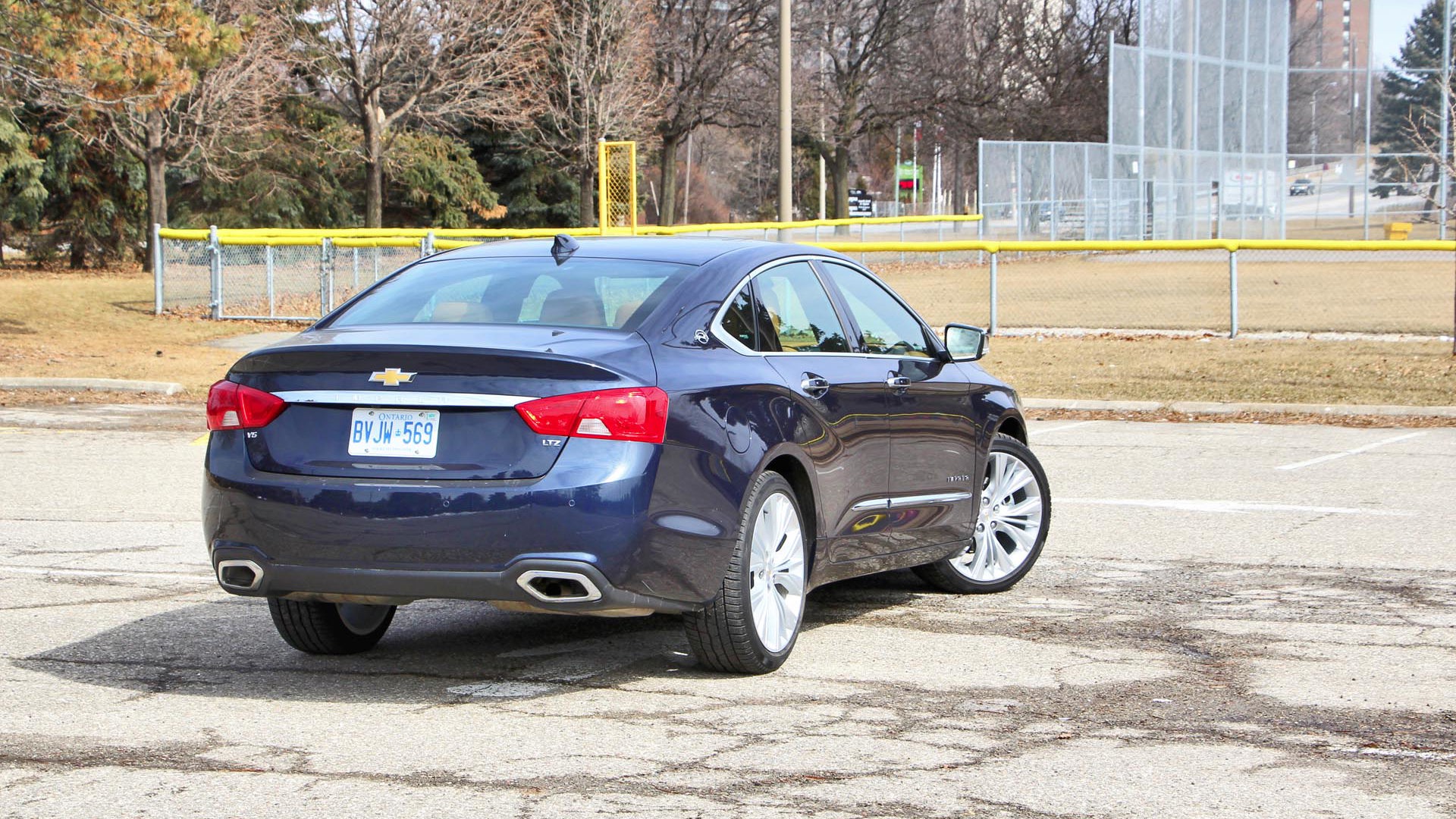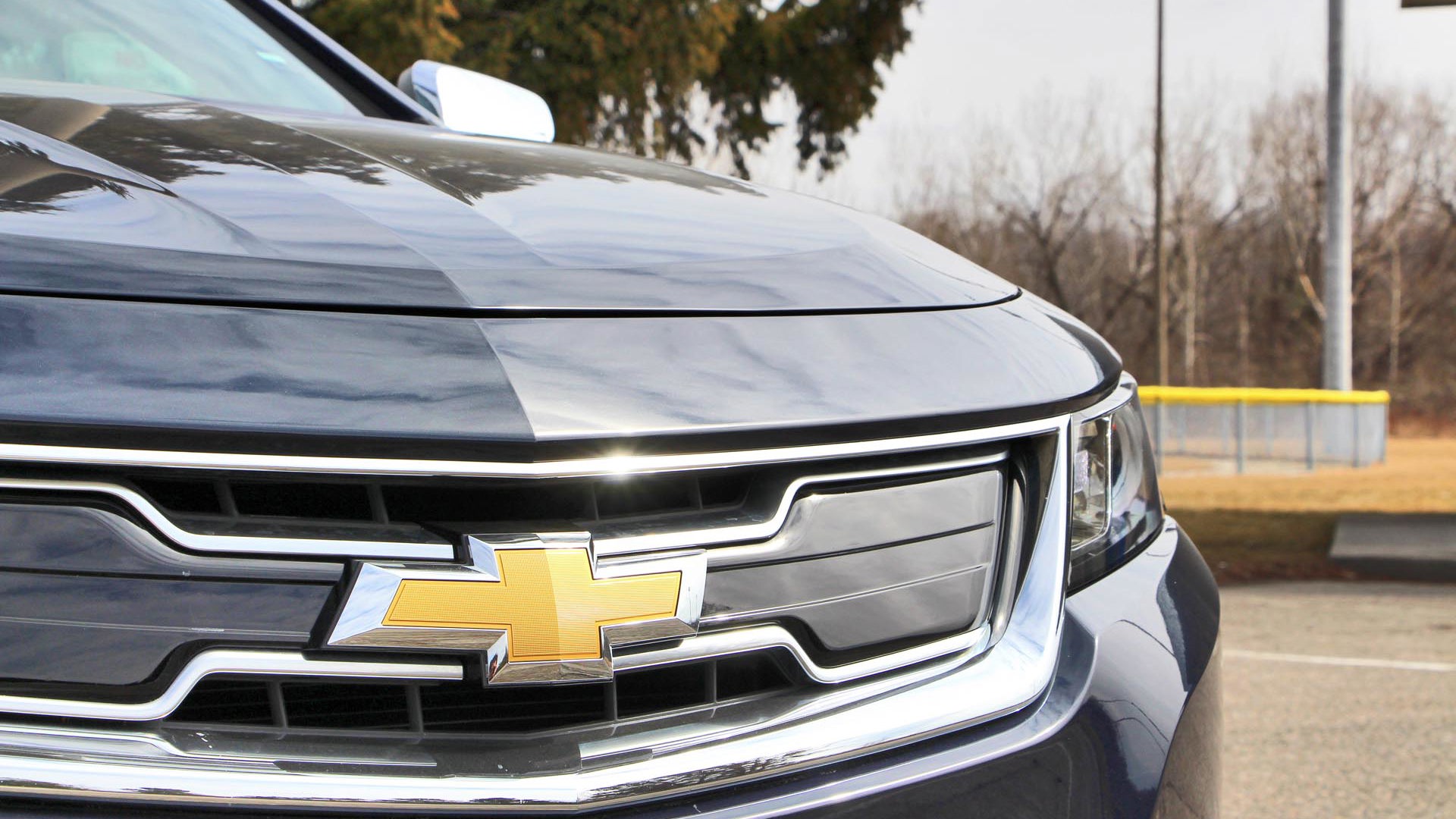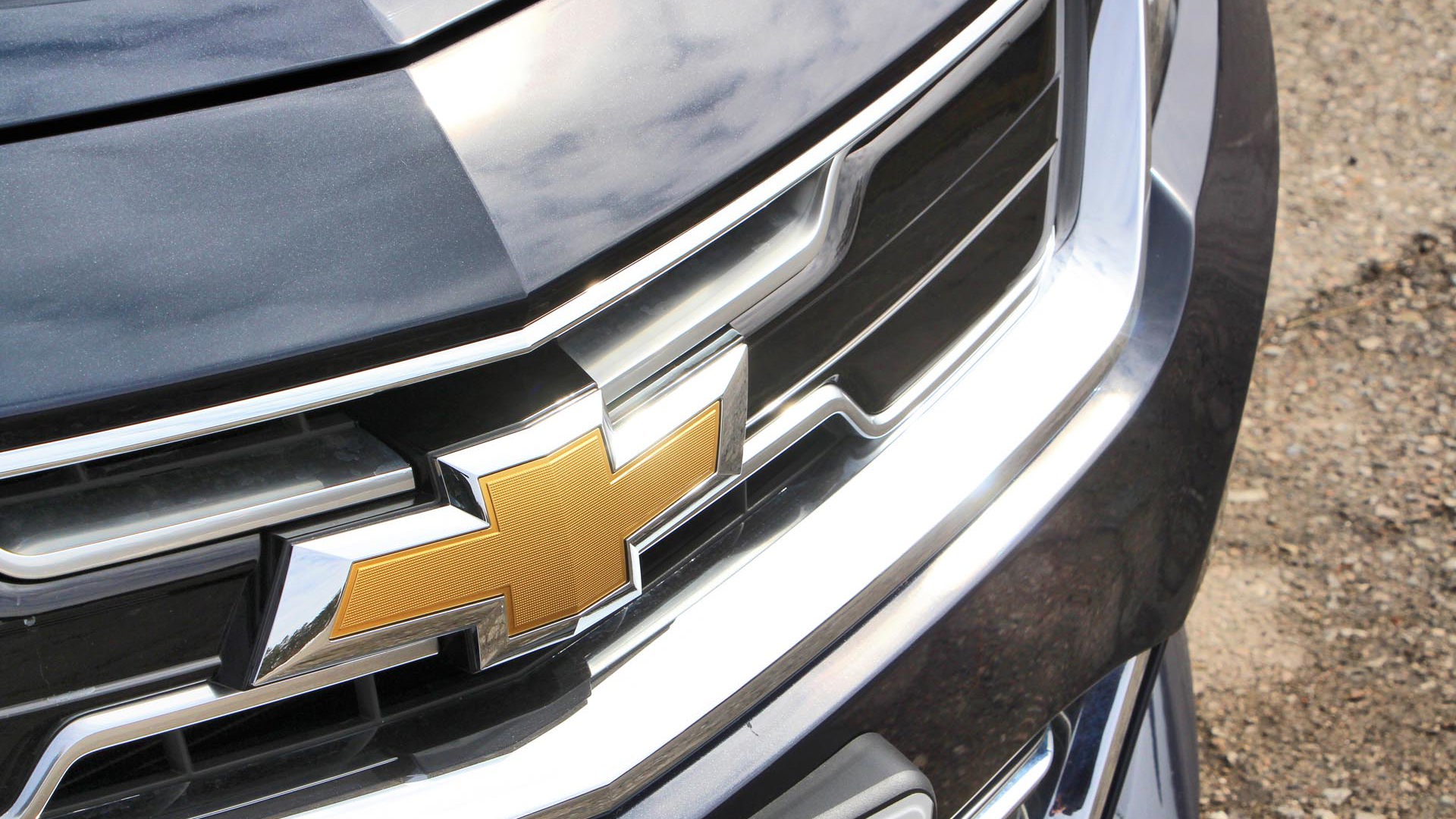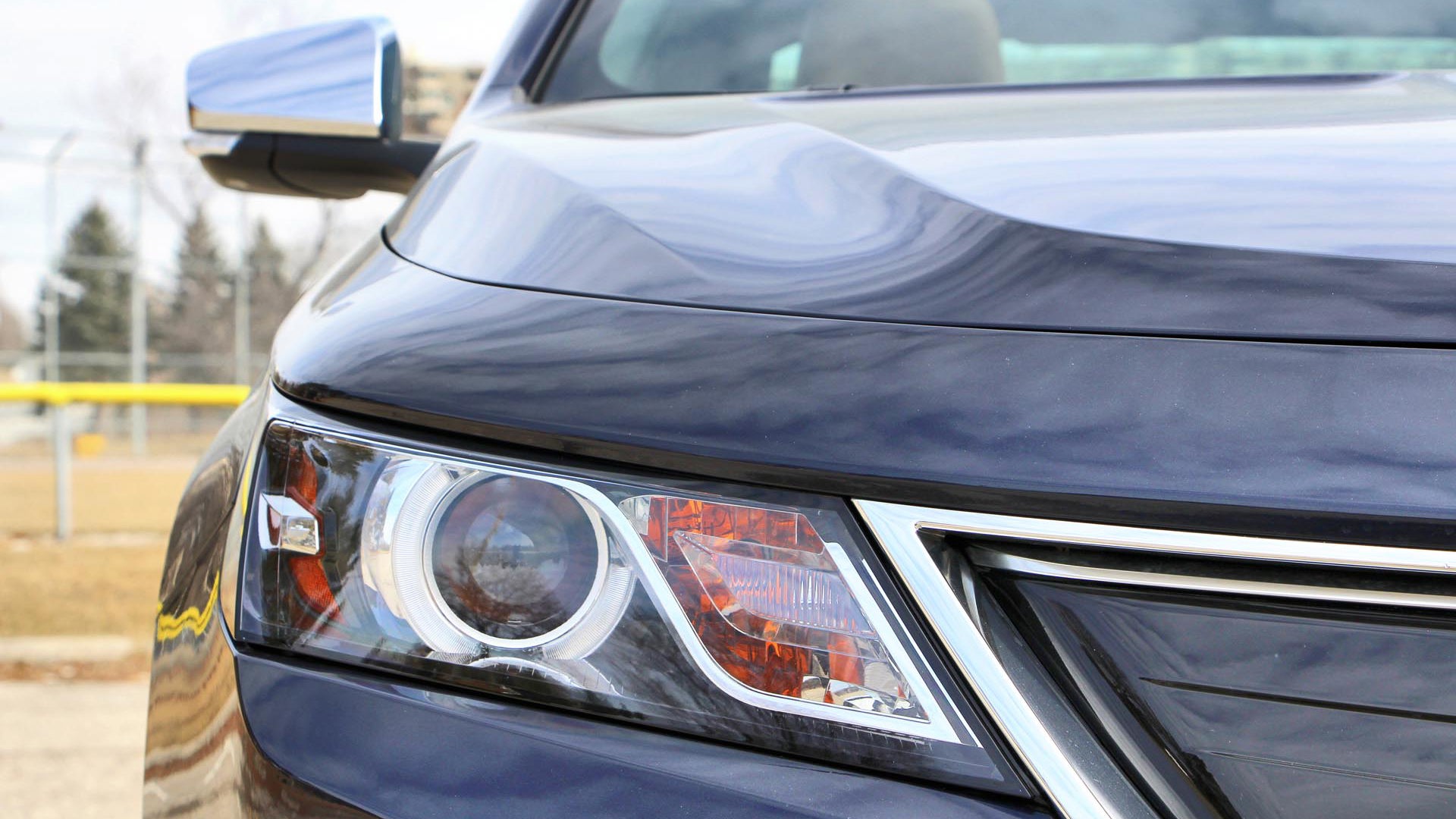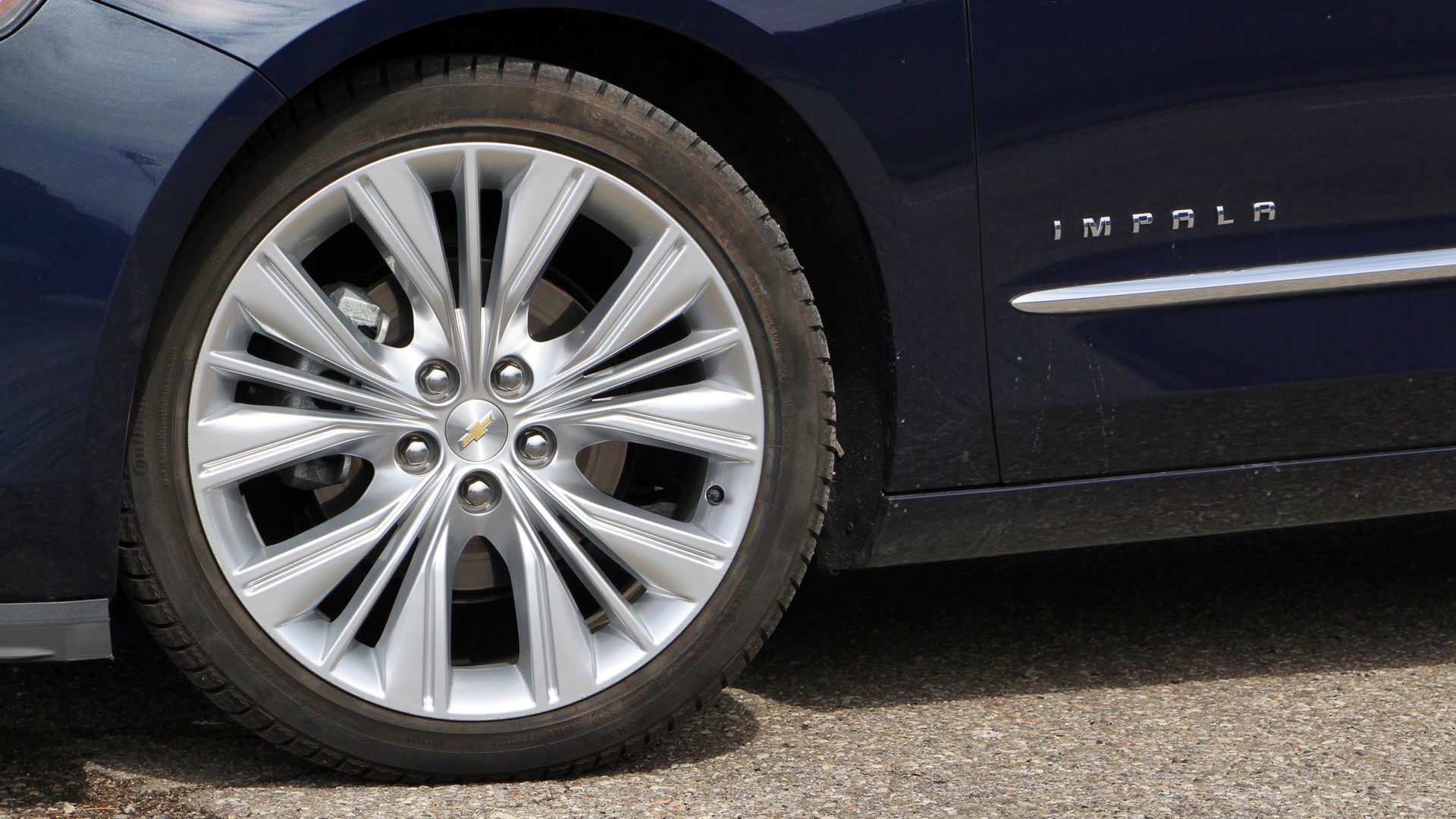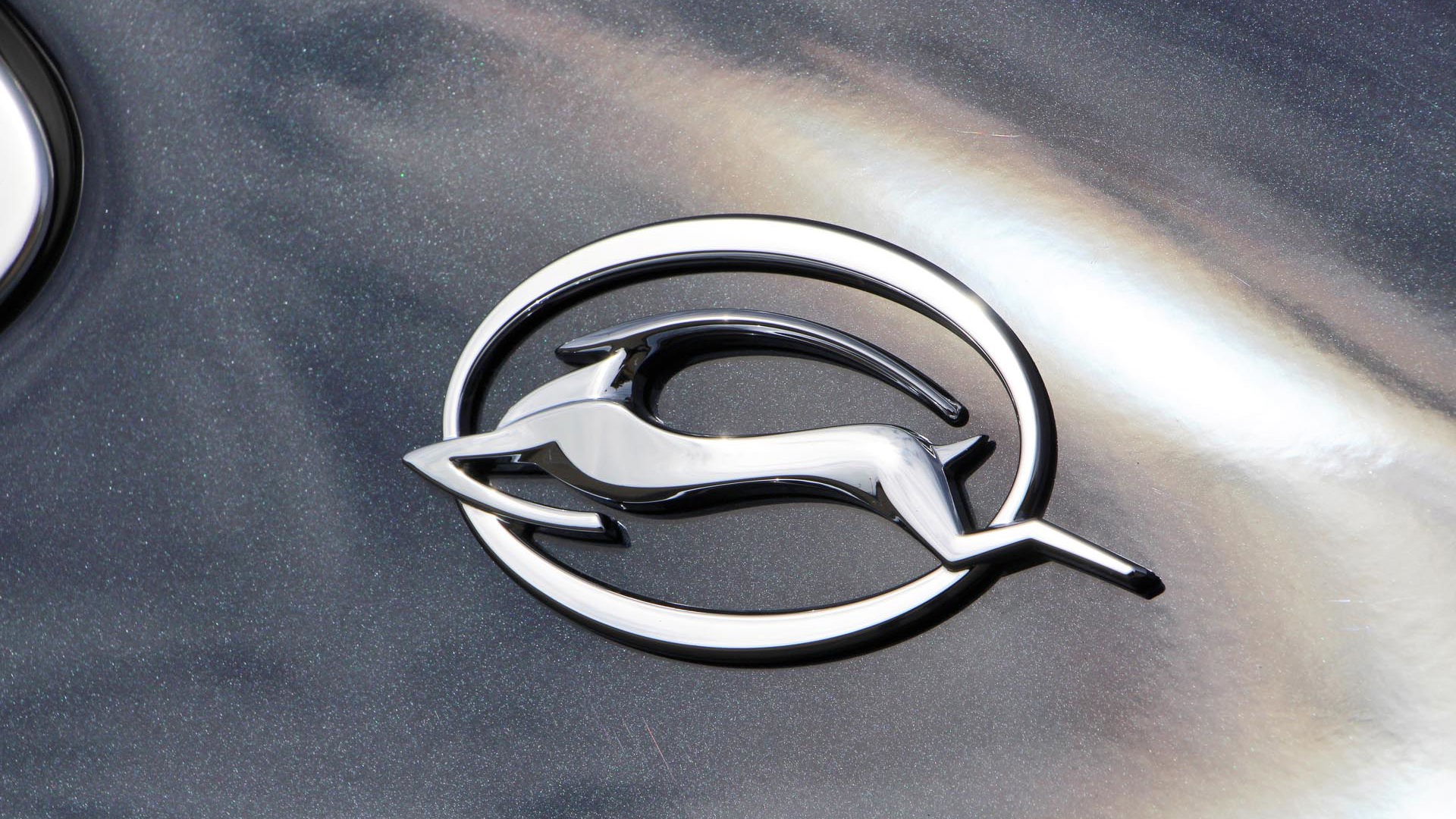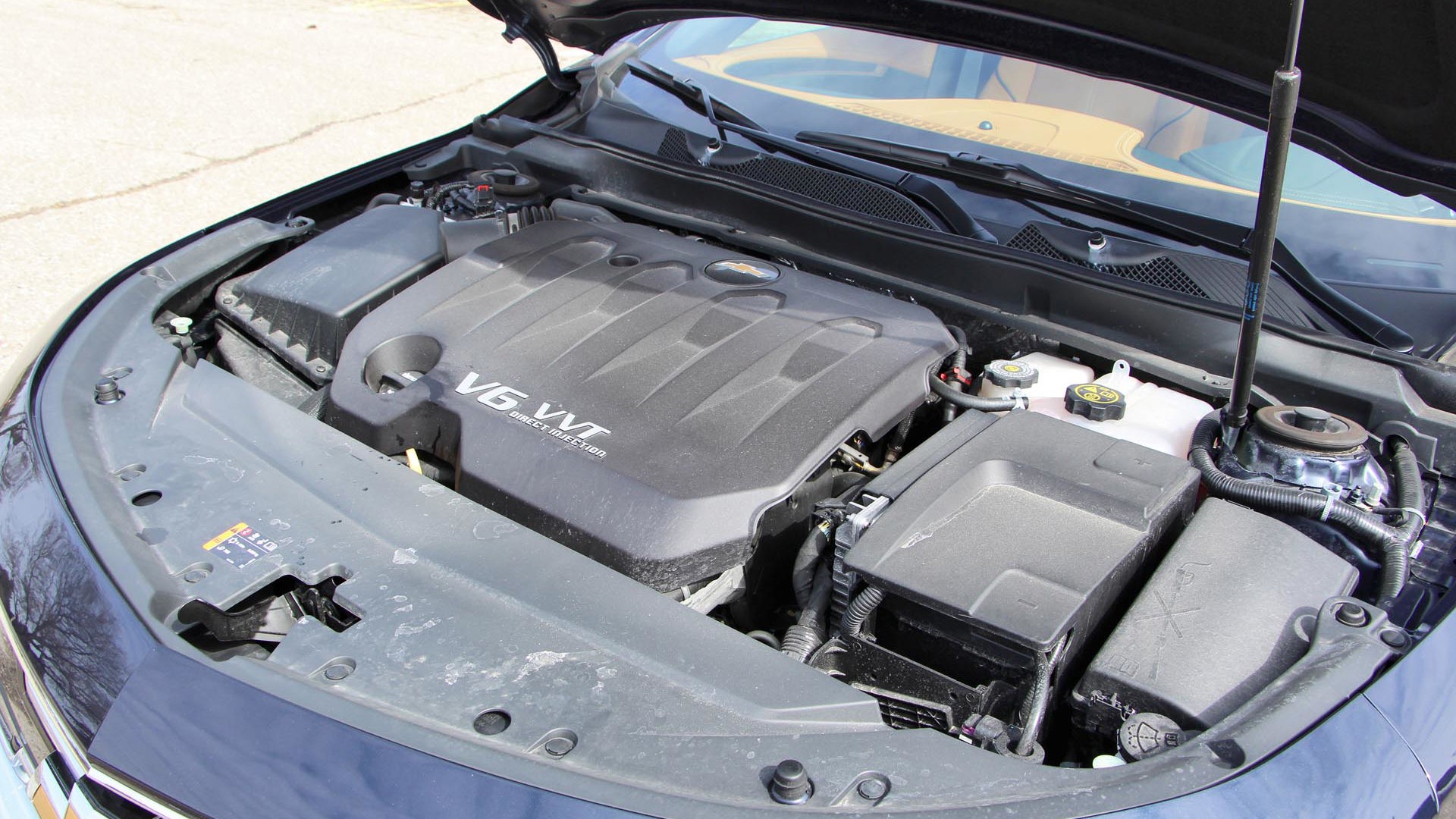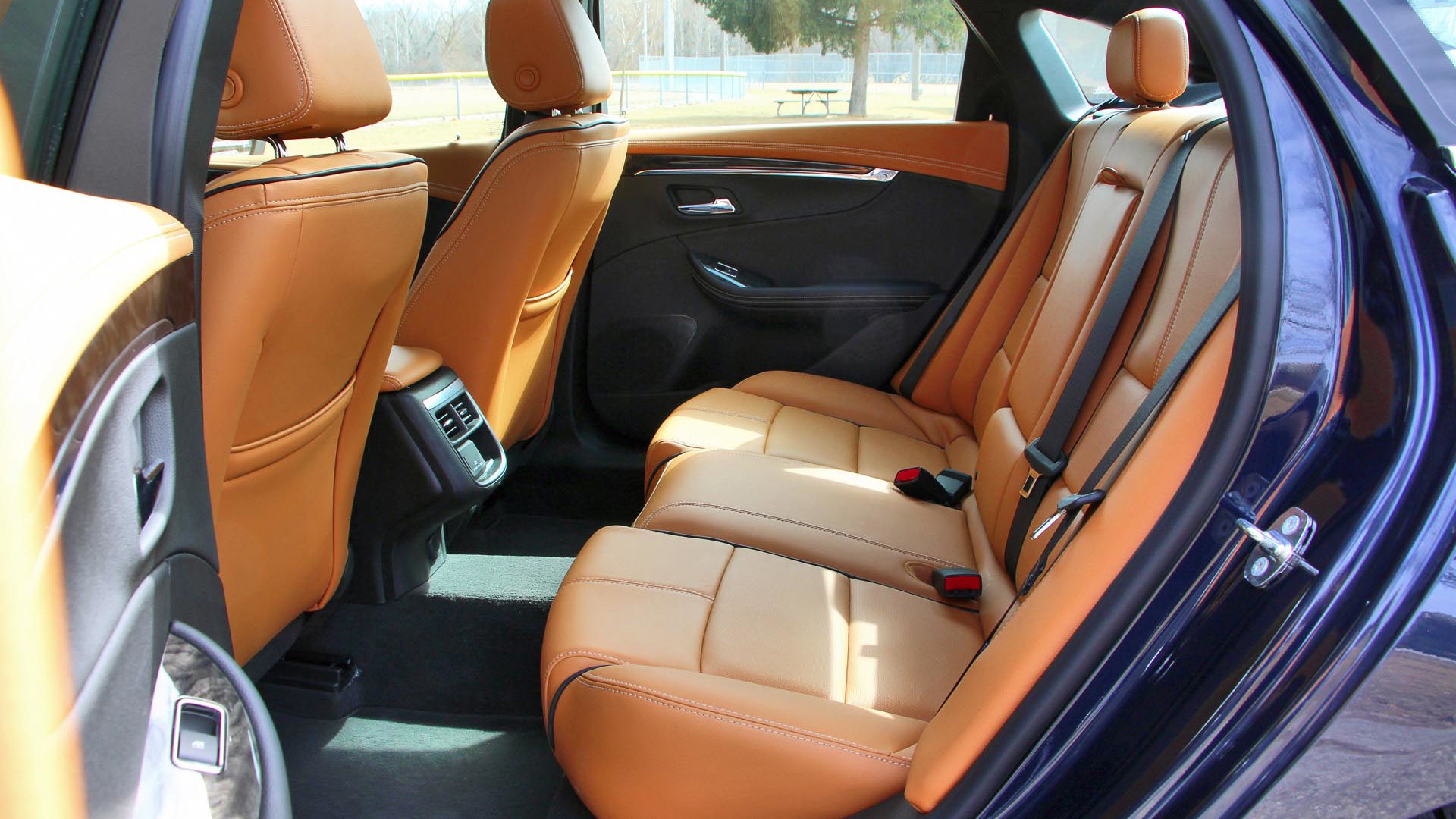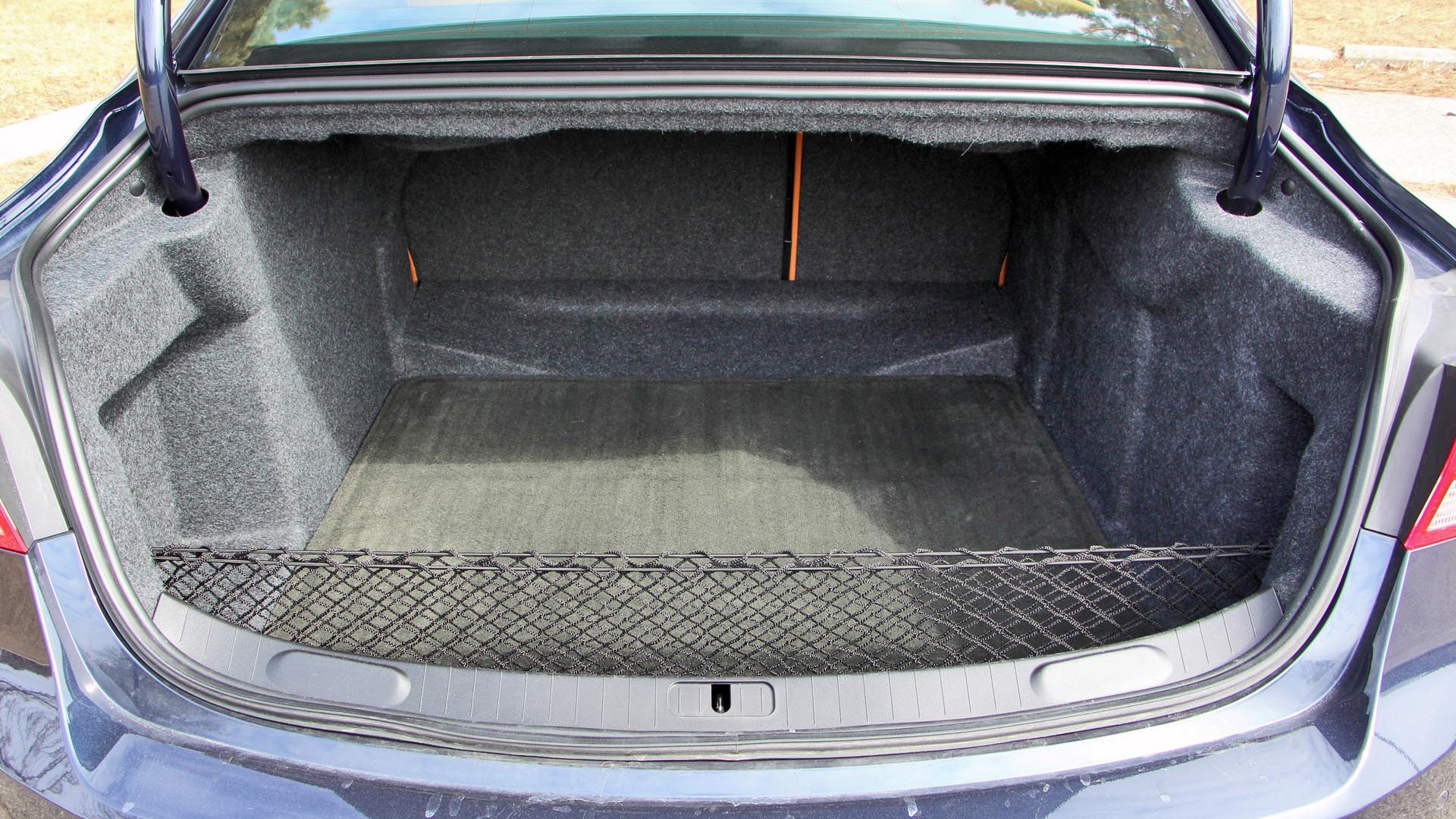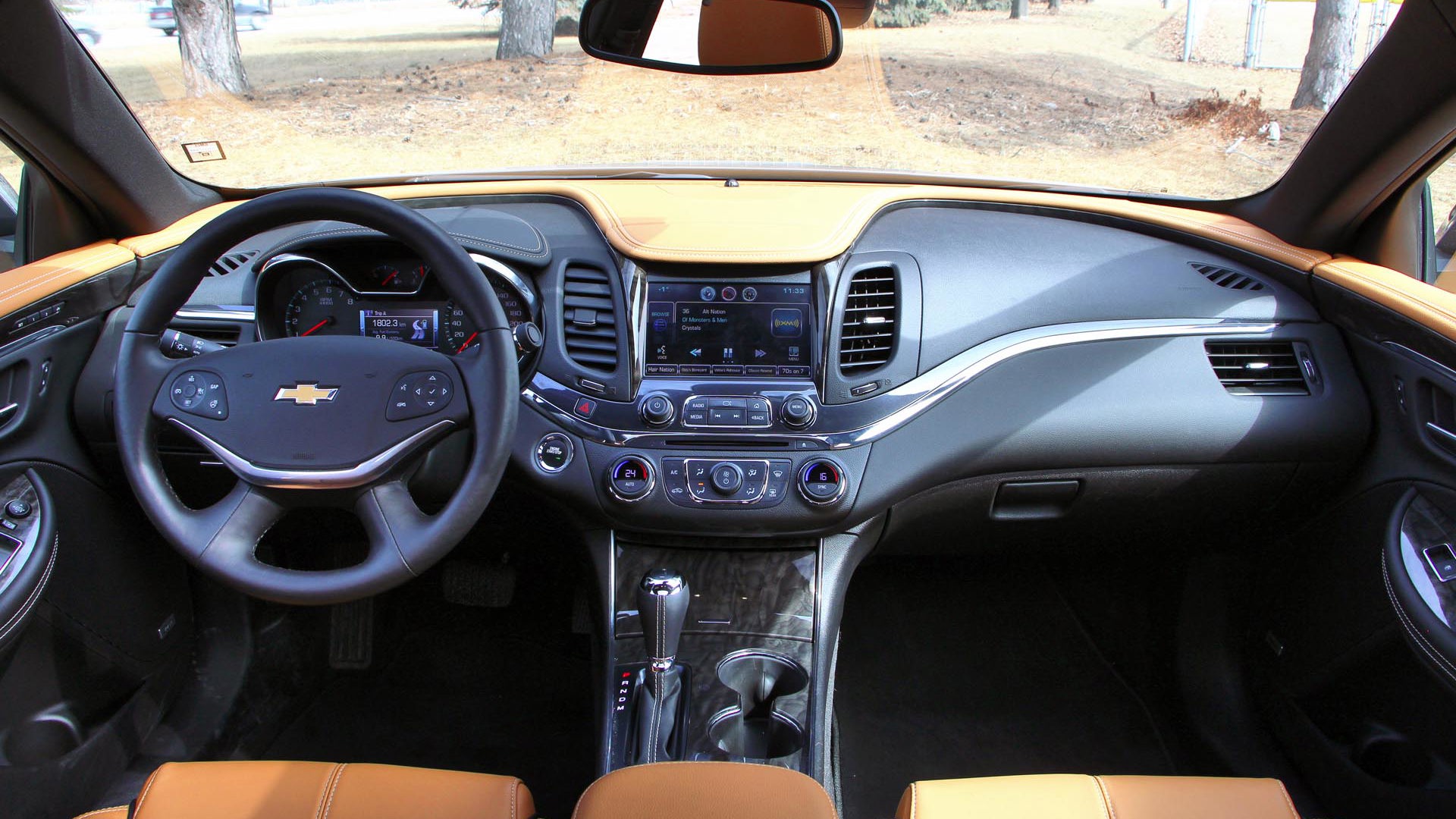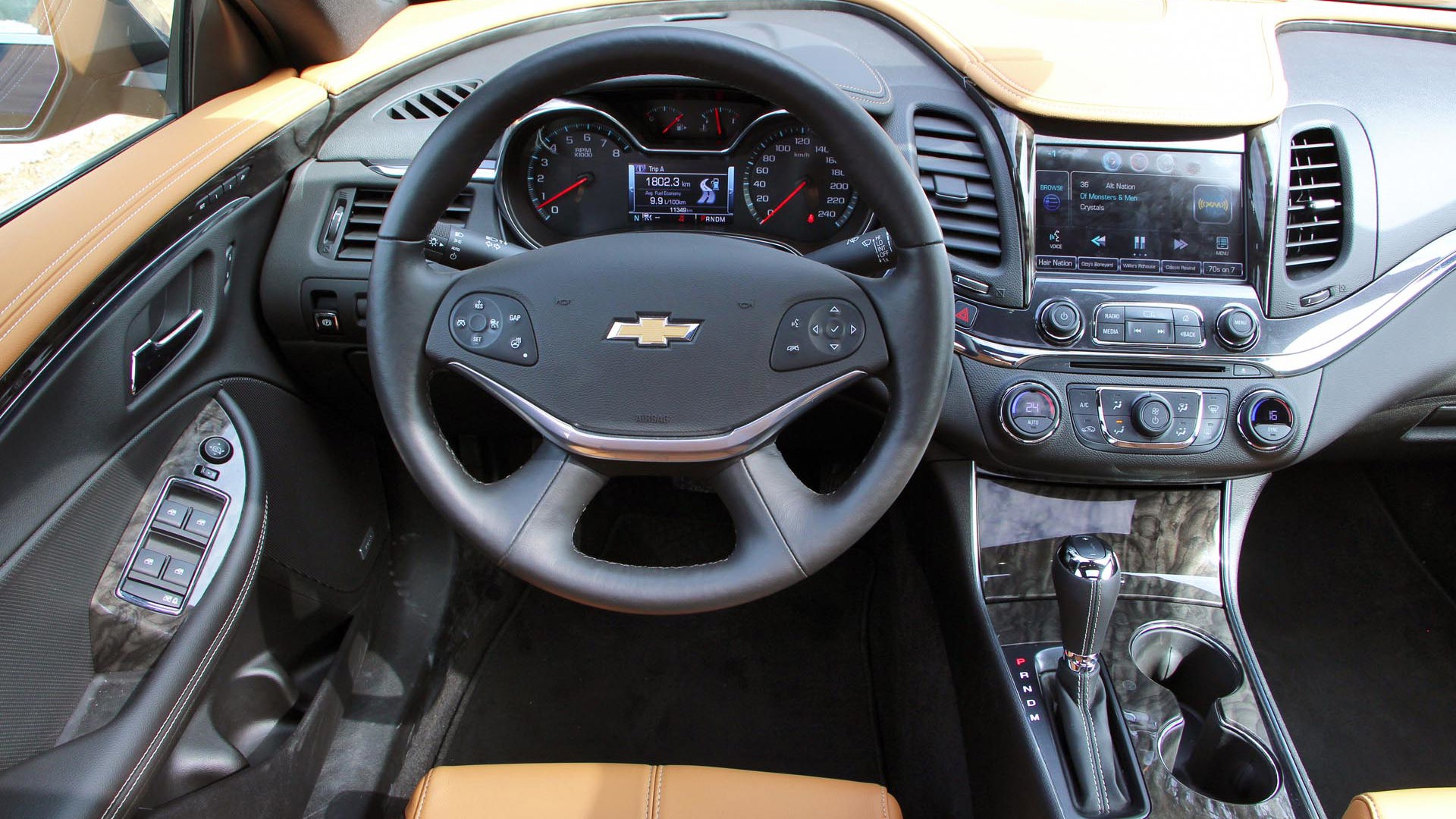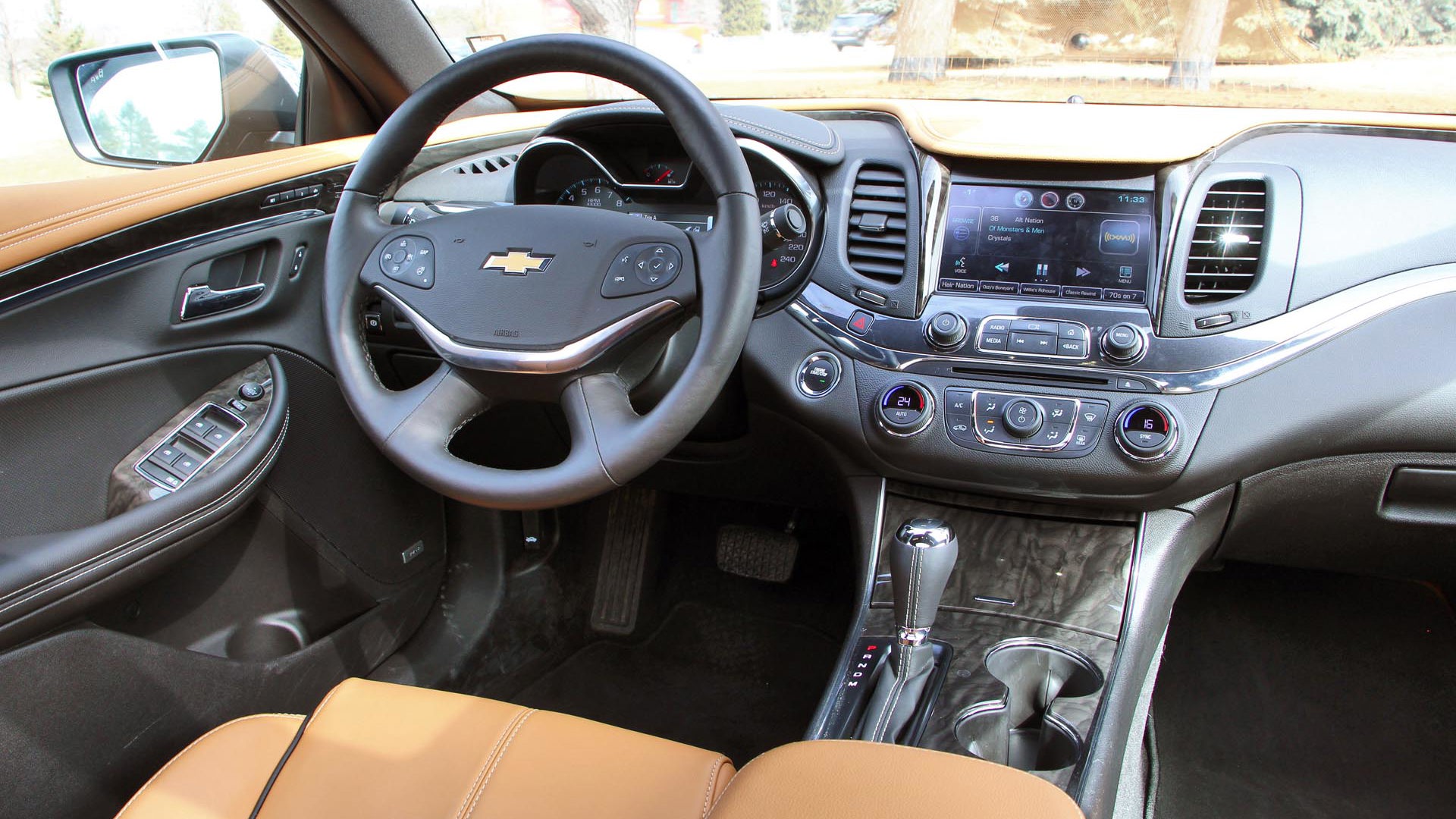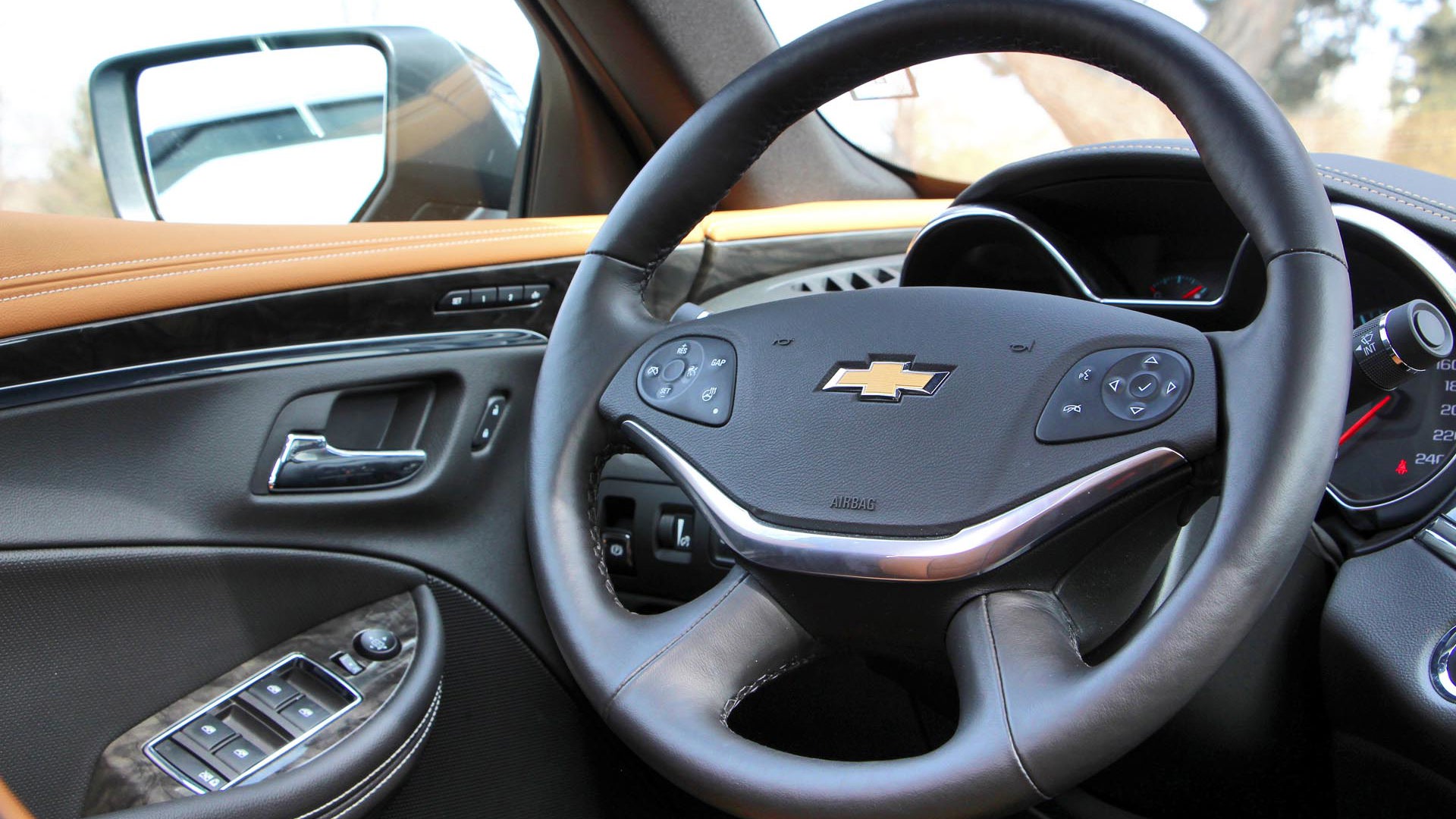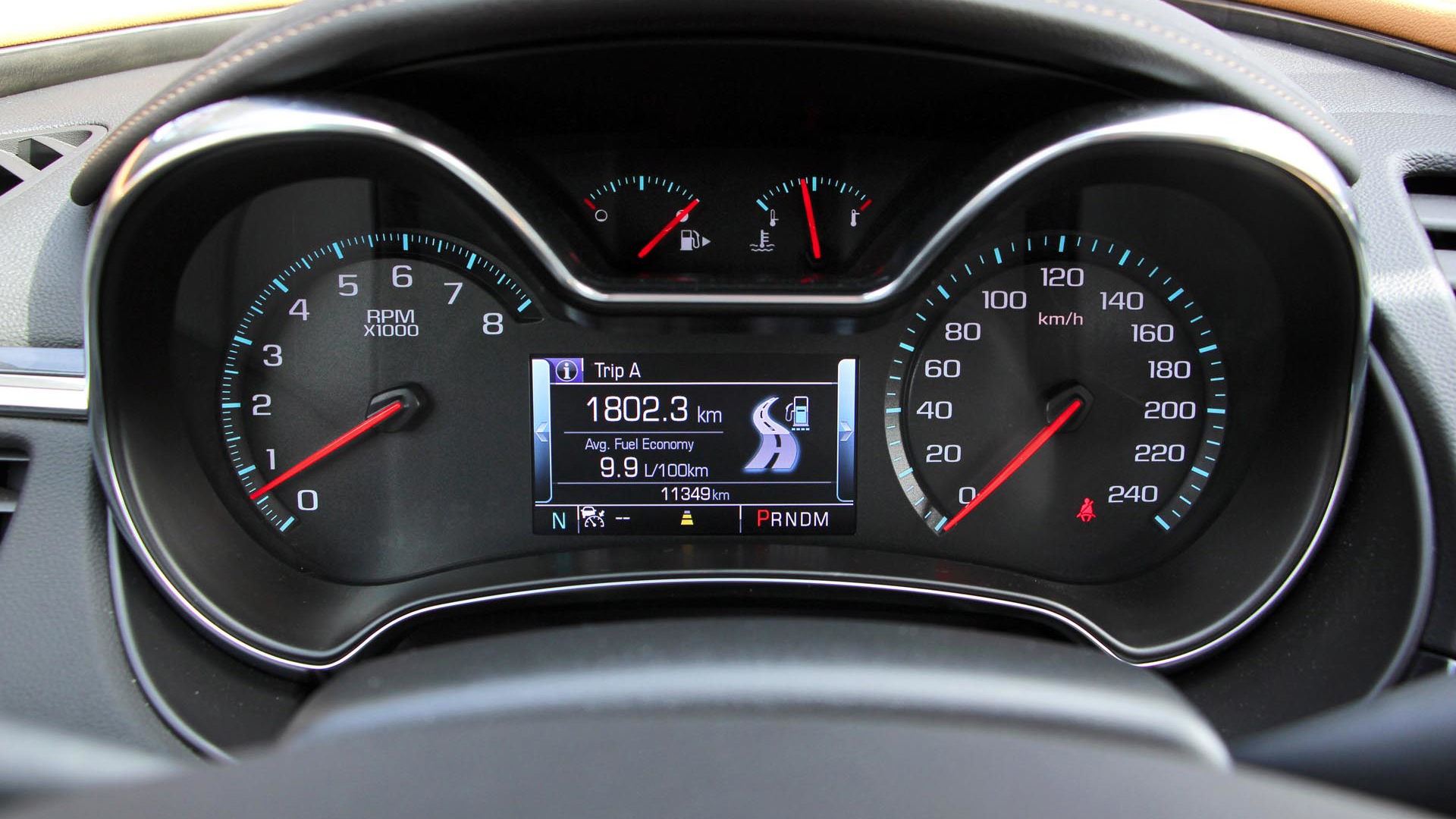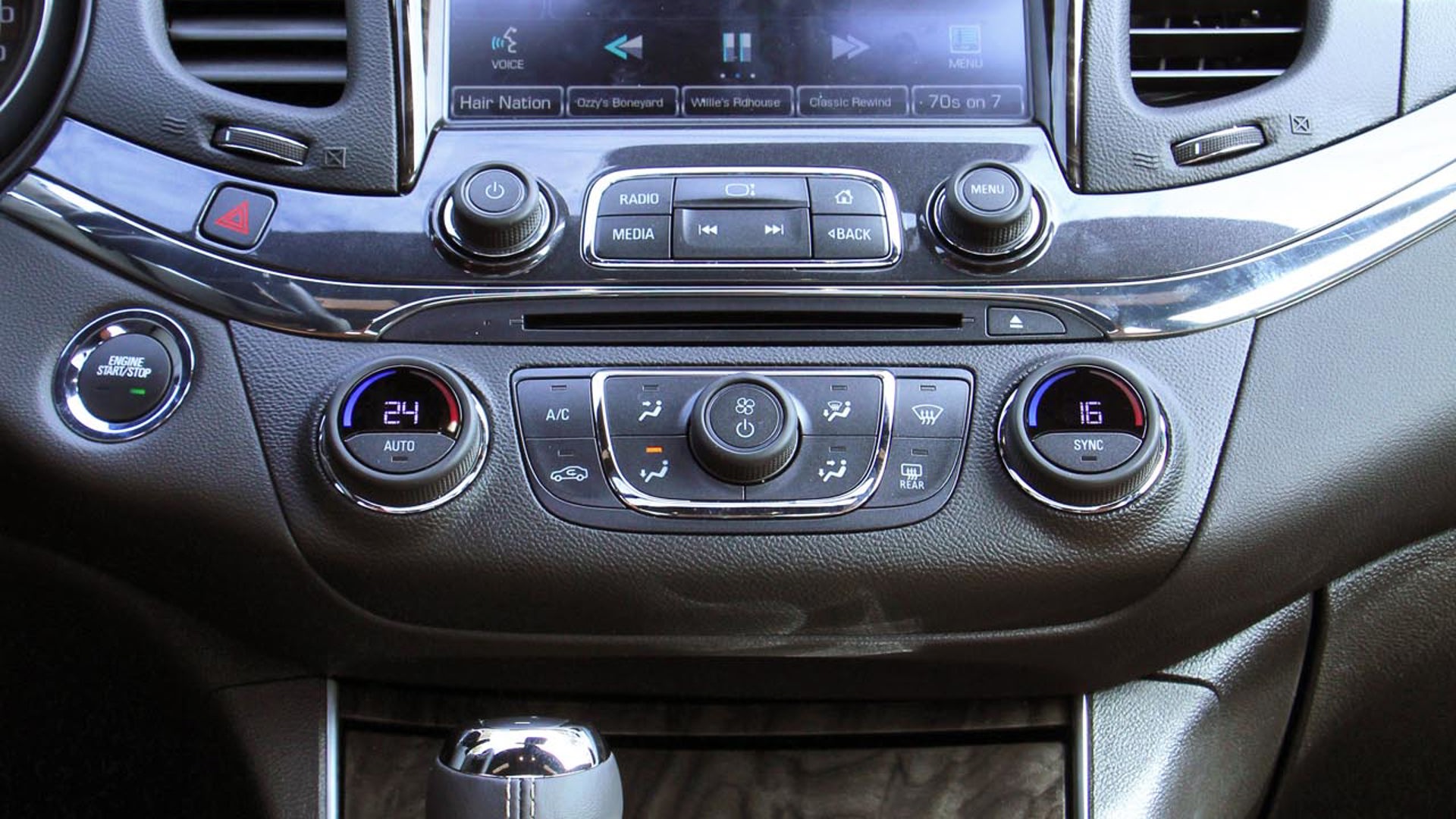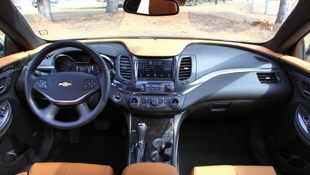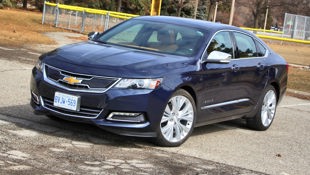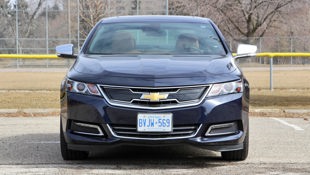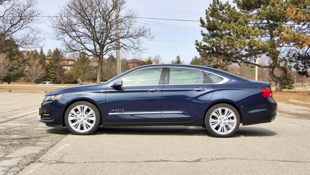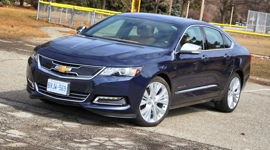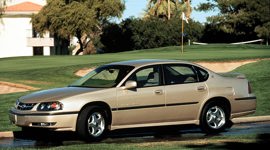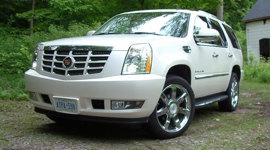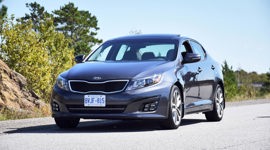 AutoTrader SCORE
AutoTrader SCORE
-
INTERIOR8/10
-
EXTERIOR STYLING8/10
-
PERFORMANCE7/10
-
COMFORT6/10
-
FUEL ECONOMY7/10
In all the excitement over the Chevrolet Impala’s redesign last year, and how monumentally better it was than the long-serving favourite of fleets that came before it, perhaps we did not turn a critical enough eye on it. Is it really that good?
It sure does look pretty, so it’s easy to get carried away and forgive it some foibles, but let’s take a seat and get comfortable to see if it’s worth your time.
It sure does look pretty, so it’s easy to get carried away and forgive it some foibles, but let’s take a seat and get comfortable to see if it’s worth your time.
First of all, the engine. Our LTZ tester was equipped with GM’s 3.6L V6 with direct injection and variable valve timing for maximum power and efficiency. Power rolls out slowly, but 305 hp and 264 lb-ft of torque come on strong when you need them. As a front-drive car, you wouldn’t want the gearing or throttle to chirp the tires at every light, so the power delivery is smartly managed for those looking for relaxed cruising. Complementing the relaxed power delivery is a velvety feel to the engine. It feels so refined and just a subtle rumbley purr surfaces under hard acceleration, a happy contrast to the somewhat coarse character of the 3.6L V6 in the Cadillac SRX we tested recently.
Its performance is commendable, hustling the 1,754 kg sedan around without issue, and in V6 trim estimated to return: 12.4/8.1 L/100 km in City/Highway cycles as per EPA, or 10.7 combined. Even with a fair bit of highway driving for us, we finished the week at 12.5, though the trip computer showed that over 1,800 km (including my 400+), the previous drivers managed to keep it at 9.9, and that would include driving through cold, snowy winter conditions.
The transmission, GM’s widely used six-speed auto, was an able companion, though hardly taxed in our light use, with moderate commuting and a nice highway cruise.
While it is a large car, it turns where you point it and stays composed in the corners in everyday use. This is not the kind of car you buy if carving corners is a high priority, though it won’t leave you flailing and cursing every time you make a steering input or encounter a winding road as previous generations had.
Unfortunately, the brittle ride was the single most disappointing aspect of the Impala. Sure it was smooth on flat highways and felt stable at high speeds, but for a large, long-wheelbase sedan, I expected rough city streets to be barely noticed, but the suspension bangs and clatters, jarring the occupants far more than expected.
Otherwise, the interior is a fine place to be, for the most part. Some things are a matter of taste, and I invite feedback from our audience, but to me the Impala has a striking and elegant interior marred by a hideous steering wheel. The materials and feel are fine, as are the handy steering wheel controls, but the main hub reminds me of horrible four-spoke wheels that were all the rage in the ‘80s. As much as I’d like to focus on the elegant flowing trim that divides the dash or the contrasting tan leather on the seats and upper dash, or the straightforward and logical controls, that wheel was always just staring me in the face, taunting me with its weird shape.
Elsewhere in the cabin, materials are fine for a mainstream brand (with none of the fit issues noted by Jeff Wilson in his Impala vs Avalon Comparison), the plastic and chrome adding points of visual interest, and the seats were wide and comfortable, with a big wide armrest – I love me a good armrest – with heating, ventilation. Cabin storage was also commendable with ample storage under the armrest, door pockets, wide cupholders, a covered tray ahead of the shifter and a secret compartment concealed behind the infotainment screen that is so well concealed that I never noticed it and never opened it.
What I did use was the car’s infotainment system, dubbed MyLink in Chevy applications, upgraded with navigation for $795. The system features touchscreen menus, with hard buttons below for the home screen and shortcuts to Radio and Media for indecisive audiophiles. Flanking those are traditional volume and tuning knobs. The touchscreen isn’t the quickest, most responsive I’ve experienced, but popular features are easy to access with shortcut icons for phone, navigation and audio at the top of the screen from most pages.
Also important in a car this size was backseat space and cargo capacity. At 5,113 m long, and with 2,837 mm of wheelbase, it is no surprise that there is room for soccer practice in the back seats, and only against long-wheelbase limos would it be found wanting. It also has fairly ordinary headroom and enough width to accommodate three adults abreast. This is truly a five-seater, so it’s a shame the middle position is significantly raised, with the folding armrest making the back support uncomfortable, and the large driveline tunnel ruins middle-passenger foot space. The trunk measures over 500 L, and 60/40 split-folding seats increase that substantially.
There are enough features available on the options list that you can drive in the lap of luxury with such amenities as adaptive cruise control (a $1,315 option), ventilated seats with memory positions (part of the $1,365 comfort and convenience package) and Bose Premium Audio ($795), plus standard features of the top LTZ trim like proximity keyless entry and start, back-up camera with parking assist sensors, rear cross-traffic alert, blind spot monitoring and satellite radio. Obviously, while the features are there, it is not the same quality and capability as more premium offerings from Cadillac, which further increase the feature content and deliver a host of other benefits.
At its heart, the Impala is simple proposition a big car for people who like to spread out. In Canada, the transition to large personal transportation saw a severe drop-off from the previous generation’s fleet sales, but in the United States, where many customers still have a taste for large sedans, the Impala has continued to deliver substantial sales even if well off its peak. While the Impala competes directly with large sedans like the Toyota Avalon, Nissan Maxima, Chrysler 300 and Ford Taurus, mid-size sedans like the Honda Accord and Volkswagen Passat have grown to the point that they offer similar interior and cargo space in a more manageable package with similar V6 power.
The Impala is handsome and distinguished, and ultimately a very nice car, but it doesn’t do enough to elevate itself above a crowded market, and fails in one critical aspect of its mission (the ride comfort). It will, of course, remain a niche choice in this market, aimed at those that have more traditional tastes, but even in this large car segment, the refreshed Dodge Charger and Chrysler 300 seem to be taking quite a bite out of Impala sales this year.
| Warranty: 3 years/60,000 km; 5 years/160,000 km powertrain; 6 years/160,000 km corrosion perforation; 5 years/160,000 km 24-hour roadside assistance Competitors: |
| Model Tested | 2015 Chevrolet Impala LTZ |
|---|---|
| Base Price | $39,845 |
| A/C Tax | $100 |
| Destination Fee | $1,650 |
| Price as Tested | $46,285 |
|
Optional Equipment
$4,690 (Comfort and Convenience Package: ventilated front seats, memory seat driver side, heated steering wheel, power tilt and telescoping, auto diming mirror, universal garage remote – $1,365; Adaptive cruise control, full-range with collision mitigation braking – $1,315; Touchscreen Navigation – $795; Bose Premium Audio and 120V power outlet – $795; 20-inch aluminum wheels – $420)
|
|
